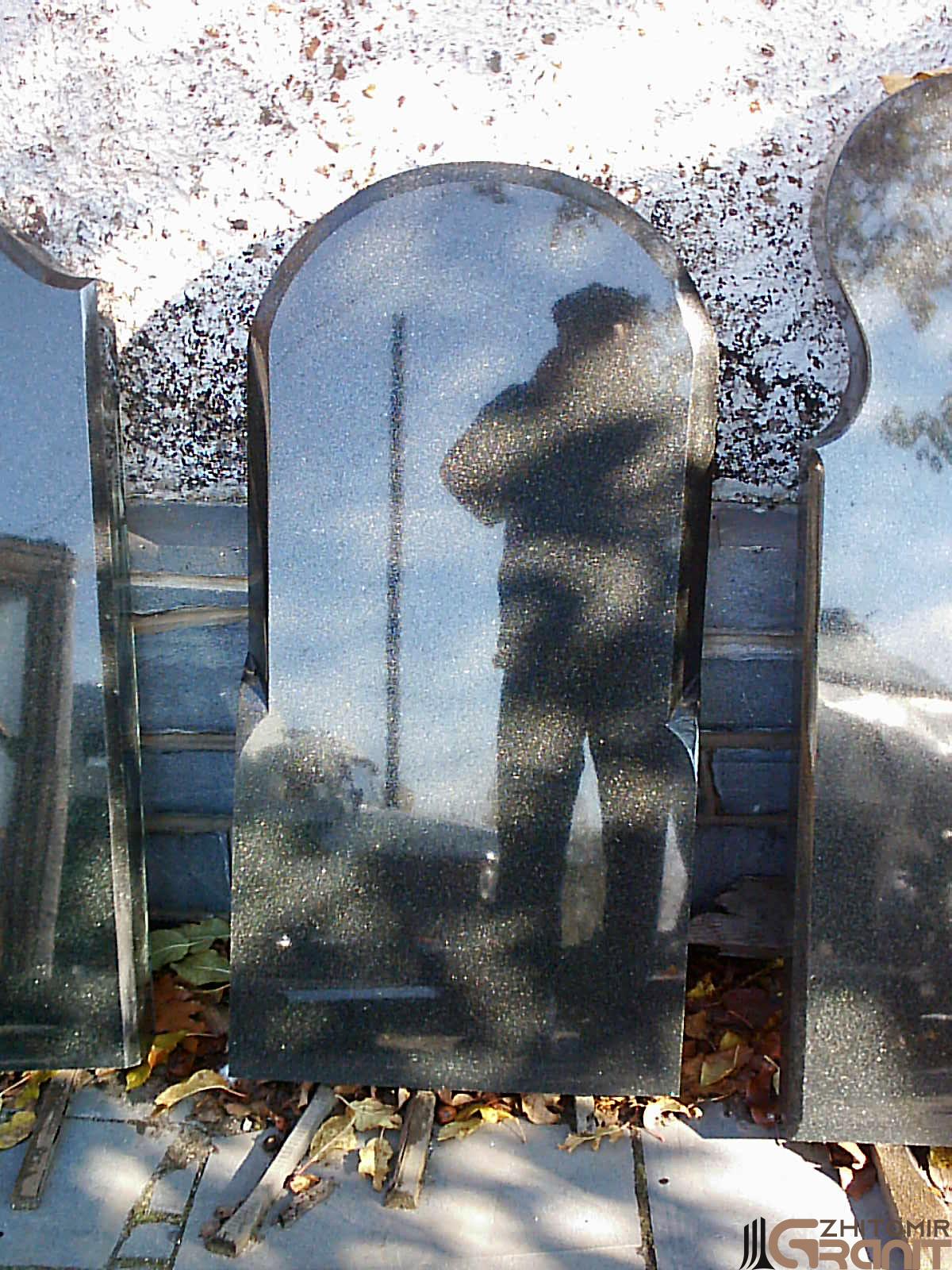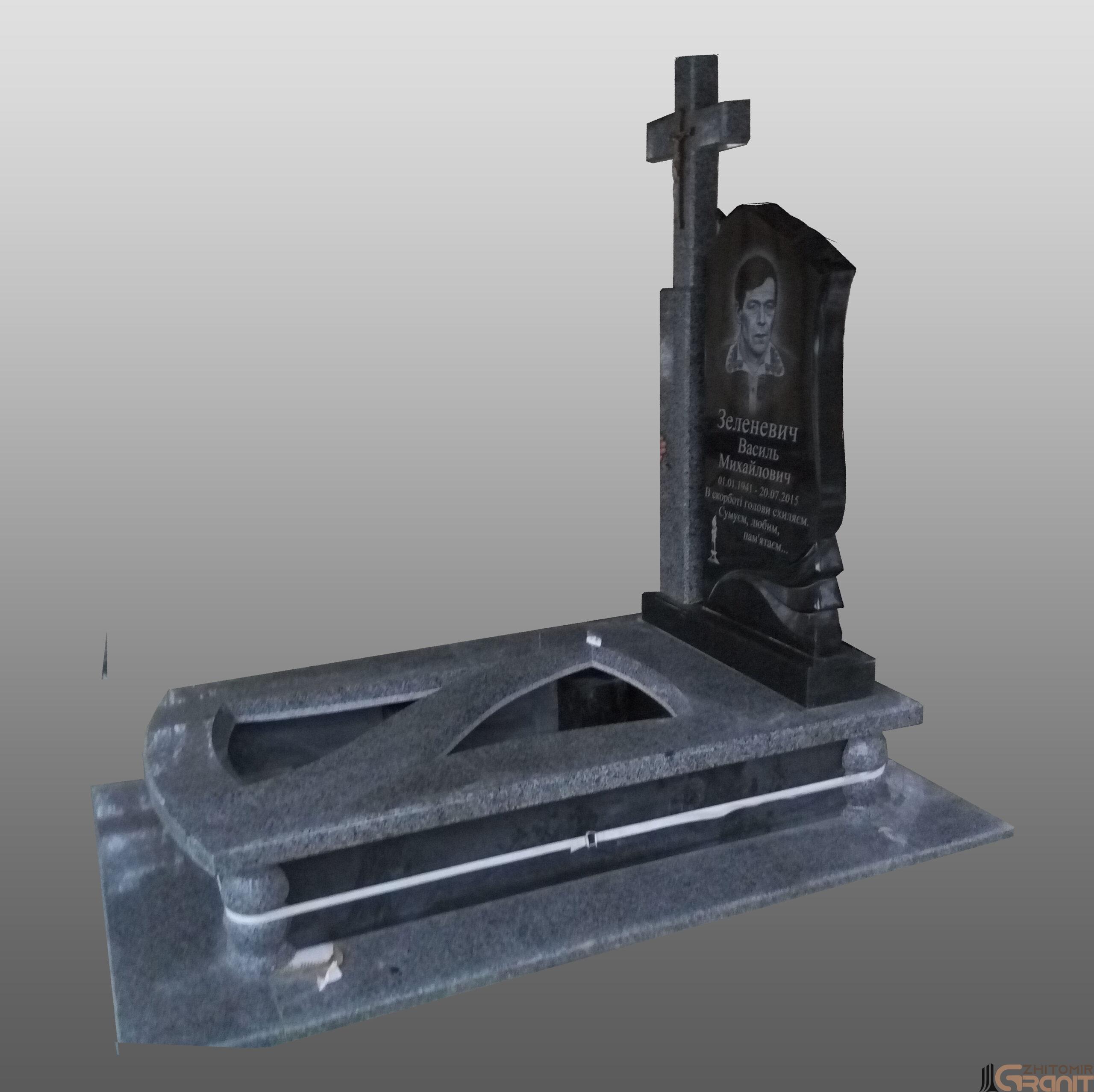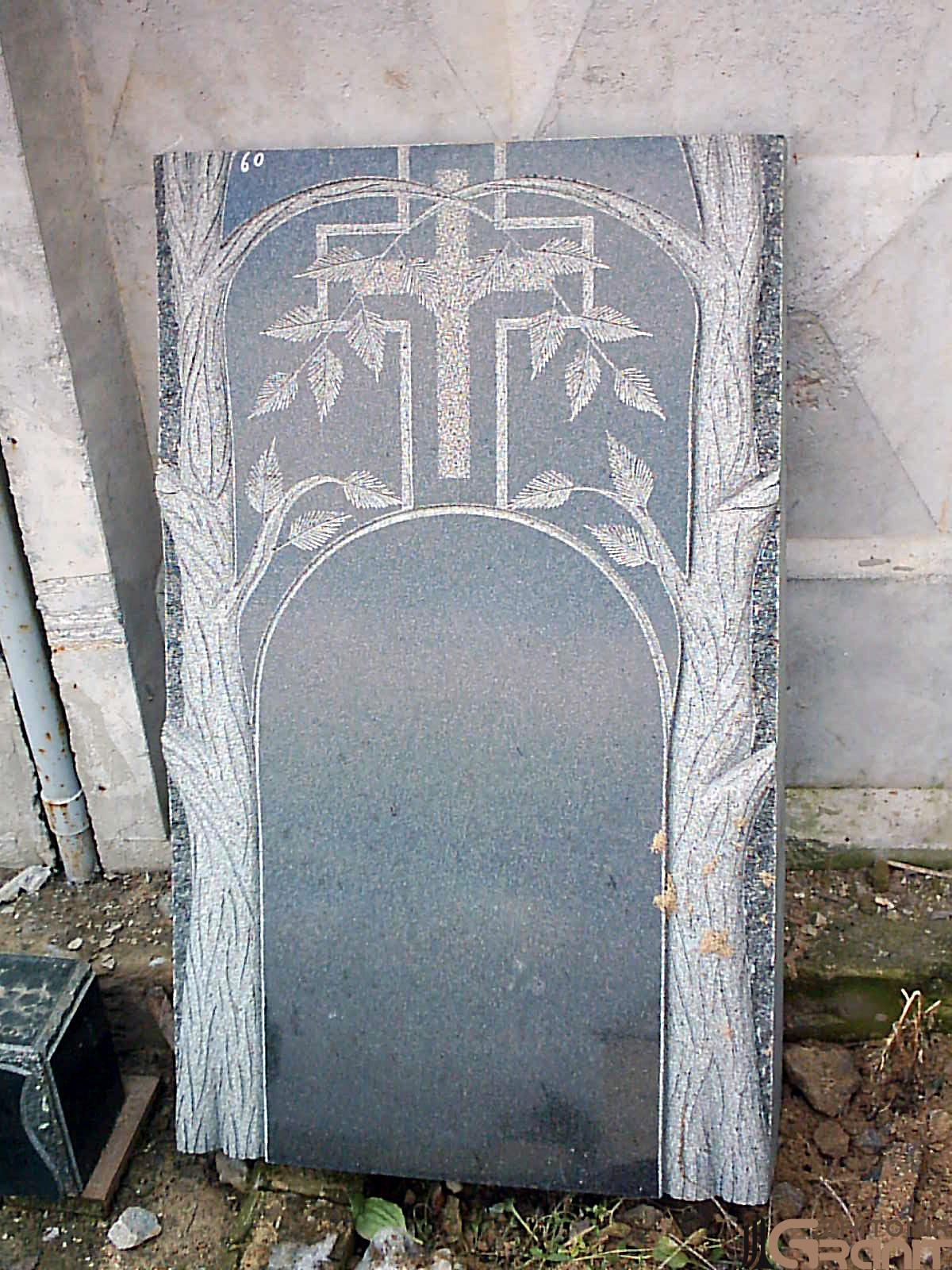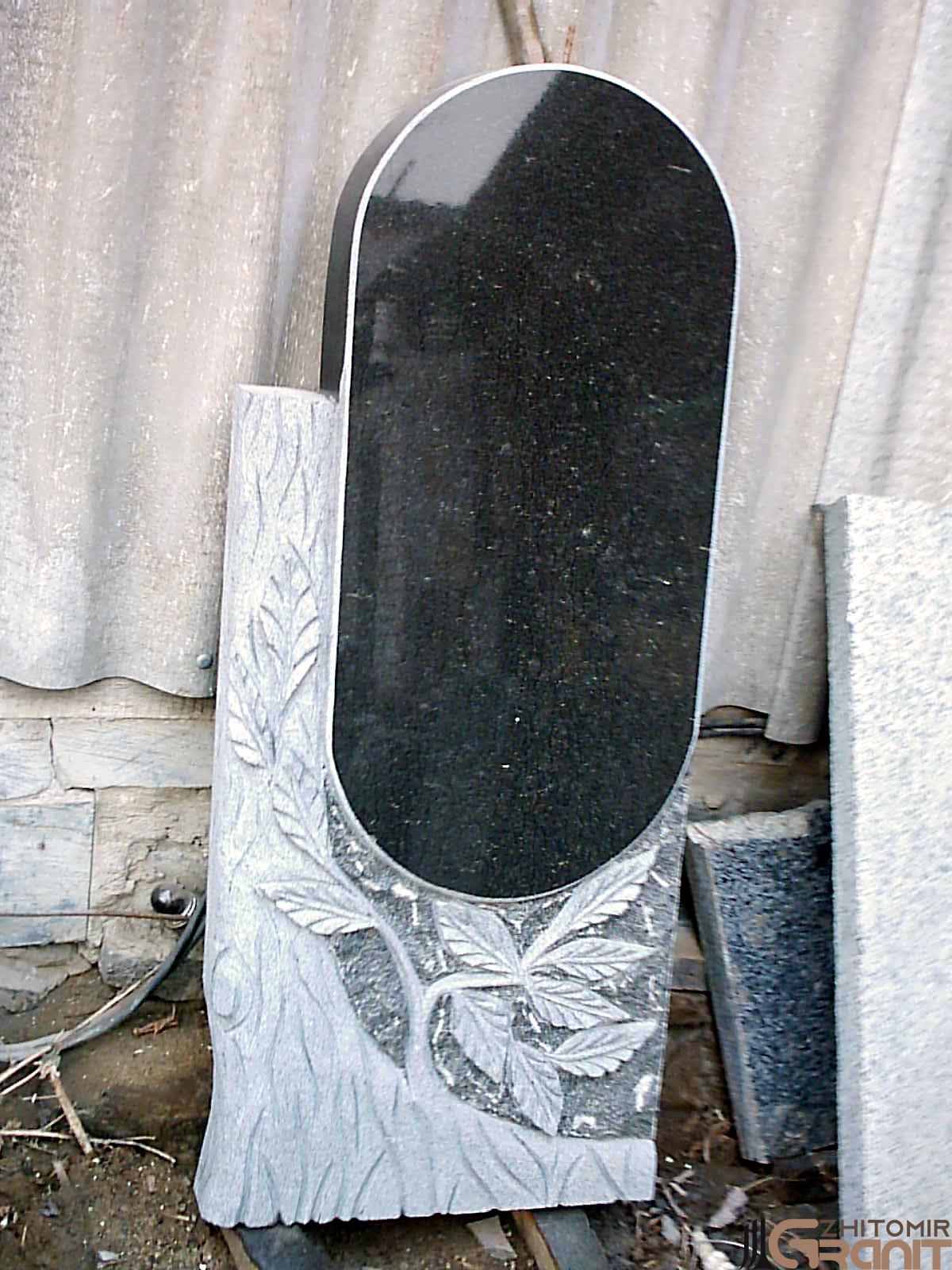Articles
Tombstones are a legacy of ancient traditions and culture

Religions and their influence on funerary traditions
All world religions establish canons not only for life, but also for rituals related to birth, marriage and death. Much attention is paid to funeral rites and honouring the memory of the deceased. The proverb "It is either good or nothing about the dead" reflects the general attitude towards the dead in Christianity, Muslimity, Buddhism, Hinduism and Judaism.
Due to its multinational composition, Ukraine has developed unique headstone traditions that combine elements of different cultures and religions. Christianity, as the main religion of the country, has had a significant impact on these customs, while preserving local characteristics.
Christian traditions
Christianity teaches that the body is the temple of the soul, so burial should be honourable. The placement of crosses on graves is one of the main traditions. However, over time, crosses have been supplemented or replaced by monuments with images, epitaphs or decorative elements.
Symbolism of Christian tombstones
Elements on the monuments, such as angels, flowers, candles or veils, have a deep symbolism:
- Angels - symbolise the guardians of the soul of the deceased.
- Flowers - signify the transience of life.
- Candles - a symbol of the light of the soul.
Many ancient Christian burials also contain pagan symbols that have been reinterpreted by the church. For example, a ball with wings in Christianity stands for the life-giving power of God.
Features of monuments in different regions
- Western Europe - Obelisks are traditionally used.
- Ukraine - A variety of shapes, including stelae, obelisks or decorative slabs.
- USA - Low slabs of light granite, often with a unified design.
One of the most interesting cemeteries is the Merry Cemetery in Romania, where the monuments are painted in bright colours and have an unconventional look.
Jewish traditions
Judaism has strict rules about burial. Graves are marked with simple monuments without much decoration to emphasise the equality of all before death. The main purpose of the monument is to mark the place of burial and indicate that it is a "ritually unclean" place.
Features of Jewish monuments
- Form - A rectangular stele (matzevah), sometimes decorated with carvings.
- Epitaphs - The inscriptions are usually in Hebrew or the local language. Their structure:
- The name of the deceased.
- Date of death according to the Jewish calendar.
- Posthumous blessing.
The influence of local traditions
Despite the strict canons, Jewish communities in Ukraine have adopted some features of local culture. The depiction of a photo on monuments, although not in line with Jewish canons, is sometimes found.
Current trends
Today, tombstones continue to perform the function of honouring the memory of the deceased. Thanks to modern technology:
- Various materials are used, including granite, marble and artificial stone.
- He creates complex sculptures and artistic compositions.
- Individual design elements that reflect the personality of the deceased are becoming popular.
Conclusion.
Tombstones are not only a tribute to the memory of the deceased, but also a reflection of cultural, religious and historical traditions. In every culture, they carry a deep symbolism, uniting the past and the present, embodying the memory of those who have left this world.











